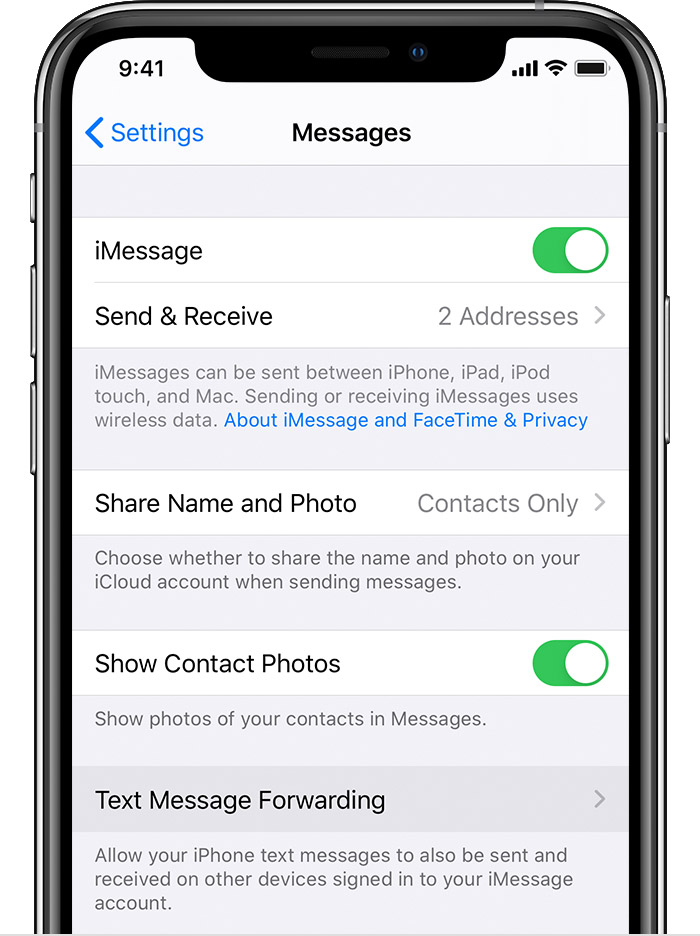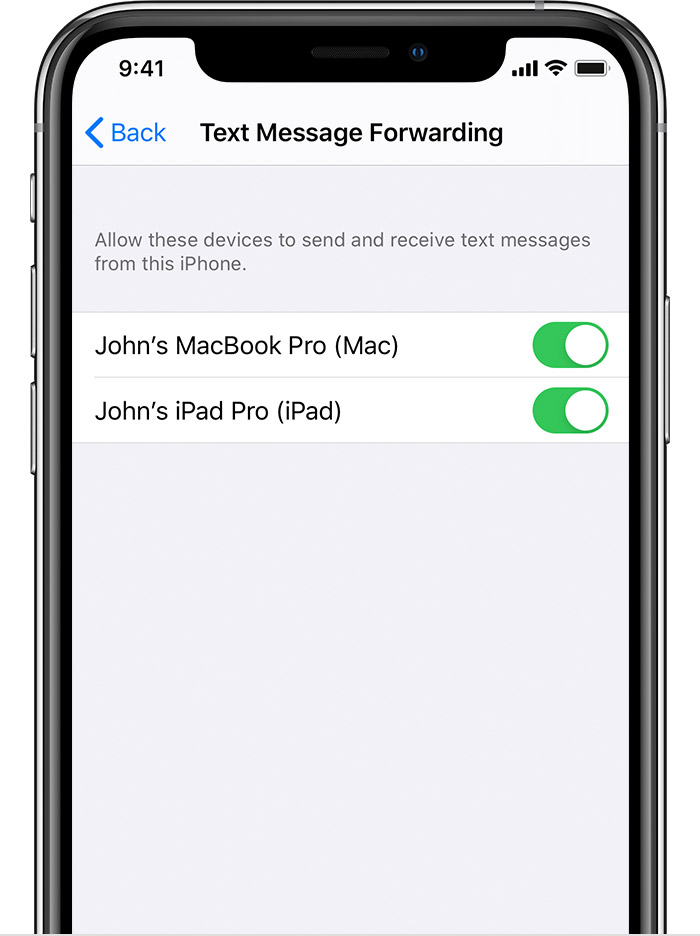My work and person iPhones are linked I want them separate
My work and person iPhones are linked I want them separate
iPhone XR, iOS 14
My work and person iPhones are linked I want them separate
iPhone XR, iOS 14
Linked with respect to what? Messages and Calls? Then see below
With the limited information that you have provided, I had to guess the problems faced by you. Some of it can be understood by reading below
If you want to keep two iPhones independent of each other then best would be to have two different Apple IDs.
Otherwise, there are basically three types of sharing
iCloud Photos & Messages: iCloud now keeps your entire messages history updated and available on all your devices — even when you set up a new device. Learn how to keep all your messages in iCloud.


Linked with respect to what? Messages and Calls? Then see below
With the limited information that you have provided, I had to guess the problems faced by you. Some of it can be understood by reading below
If you want to keep two iPhones independent of each other then best would be to have two different Apple IDs.
Otherwise, there are basically three types of sharing
iCloud Photos & Messages: iCloud now keeps your entire messages history updated and available on all your devices — even when you set up a new device. Learn how to keep all your messages in iCloud.


Use different Apple IDs
My work and person iPhones are linked I want them separate